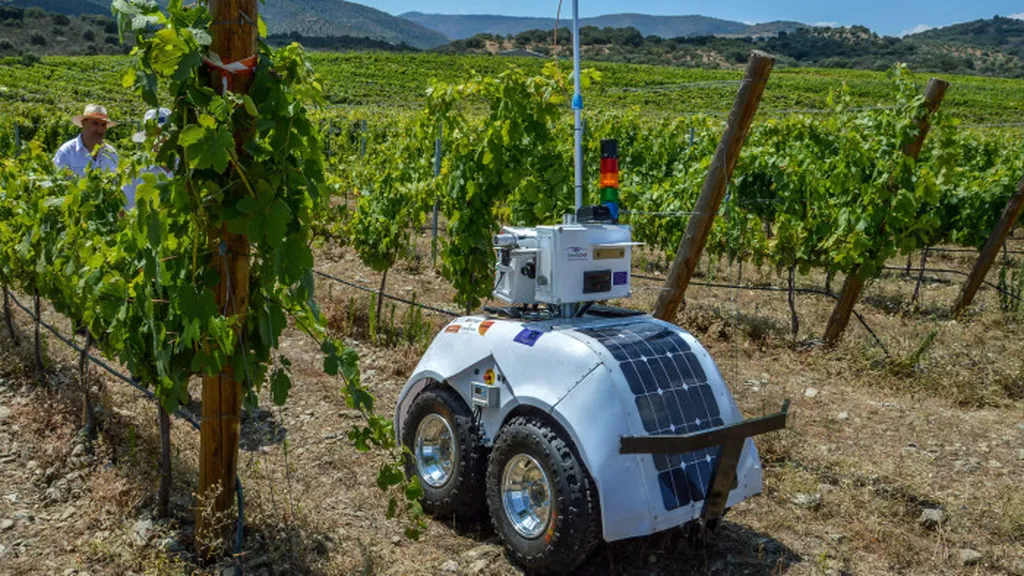In the heart of Italy, researchers are unlocking new possibilities for vineyard cultivation, and their work could reshape the future of precision agriculture. Annaclaudia Bono, a leading expert from the Polytechnic University of Bari and the National Research Council’s Institute of Intelligent Industrial Systems and Technologies for Advanced Manufacturing (STIIMA), has published a comprehensive review in the journal *Artificial Intelligence in Agriculture* (translated as *Inteligencia Artificial en la Agricultura*). The study delves into the latest advancements in imaging-based monitoring systems, offering a glimpse into how technology is transforming vineyard management.
Precision viticulture is no longer a futuristic concept; it’s a reality that’s gaining traction in the agricultural sector. Bono’s research highlights the growing adoption of intelligent monitoring systems, which promise to make vineyard cultivation more efficient and sustainable. These systems, equipped with sensors and advanced data processing capabilities, are designed for practical, in-field deployment, making them accessible to vineyard managers worldwide.
At the core of these systems are sensors, with RGB cameras emerging as the most commonly used technology. “RGB cameras are widely adopted because they provide a balance between cost, ease of use, and the quality of data they produce,” Bono explains. These cameras, coupled with deep learning-based image processing methods, focus primarily on grape bunches, offering valuable insights into both the quality and quantity of the harvest.
The potential commercial impacts of this research are substantial. By adopting these intelligent monitoring systems, vineyards can optimize their resources, reduce waste, and improve the overall quality of their produce. This not only benefits the vineyards but also the broader agricultural industry, as the demand for high-quality, sustainably produced food continues to grow.
However, the journey towards widespread adoption is not without its challenges. Bono’s research identifies several technical and practical limitations, including the management of computational resources, the need for large datasets, and the difficulties in interpreting the results. “While the potential is immense, we must address these challenges to ensure the practicality and scalability of these systems,” Bono notes.
Looking ahead, the research points to several future directions. These include the continued exploration of sensors to strike a balance between ease of use and accuracy, the development of generalizable methods, and experimentation in real-world scenarios. Collaboration between experts is also crucial for developing practical solutions that can be readily adopted by vineyard managers.
As the world grapples with the challenges of feeding a growing population while maintaining high-quality standards, research like Bono’s offers a beacon of hope. By harnessing the power of imaging-based monitoring systems, we can pave the way for a more efficient, sustainable, and productive future in vineyard cultivation and beyond. The insights gleaned from this study not only shape the trajectory of precision viticulture but also inspire innovation across the agricultural sector.

